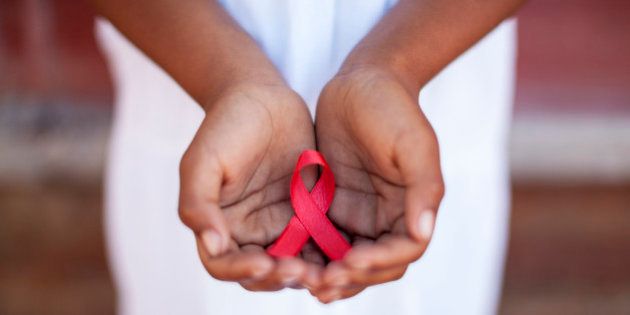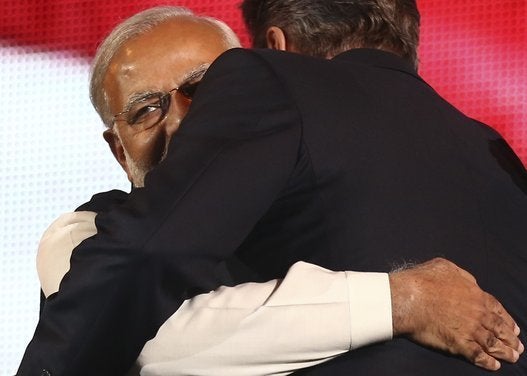
The Rajya Sabha's Standing Committee on Health and Family Welfare submitted its report on the HIV and AIDS (Prevention and Control) Bill, 2014 on 29 April, 2015; the Bill is now tabled in Lok Sabha. Among other things, the Bill indicated that people living with HIV (PHIV) should not face unfair treatment in terms of their access to insurance cover. Initially, the Bill left the "access to insurance" open for interpretation, indicating that such cover must not be denied "unless the unfair treatment is based on actuarial studies." Fortunately, the Committee has overruled this portion and recommended that "...all people living with HIV should be provided insurance cover without any discrimination, preferably at the normal rate of premium or could be slightly higher than normal, but not at exorbitant rates."
With India witnessing reduction in mortality and non-zero incidence of HIV infection, an increasing number of individuals will need treatment and care over decades.
This recommendation has brought to the fore the 15-year-old advocacy for incorporating HIV infection into the realm of health insurance in India. With 2.11 million Indians living with the virus - the third highest in the world - in 2015, India offers a classic case of evolution of treatment and health insurance coverage to this emerging disease. With India witnessing reduction in mortality and non-zero incidence of HIV infection, an increasing number of individuals will need treatment and care over decades. The issue of health coverage for infections like HIV is thus all the more crucial.
Three facets of HIV make the disease distinctive and underline that it requires special attention beyond clinical management.
• There is no cure.
• It has an expensive treatment regimen that can prolong life after infection.
• It tends to affect people in the most productive years of their life i.e. youth, and thus generates social and economic impacts across generations.
Running quite successfully since 2004, the free Anti Retroviral Therapy (ART) programme of the Government of India has expanded to cover more than 8 lakh eligible patients across the country. Despite this, families need to spend out of pocket (OOP) to meet certain health expenses. Such spending over a period of time leads to the deepening of poverty among poor families and can lead the non-poor into poverty. While OOP due to lack of health coverage is experienced by many, the access to commercial or voluntary health coverage through the purchase of health insurance at a premium has been denied to PLHIV through various clauses.
India offers coverage to many chronic conditions that are more prevalent than HIV.
The need for health insurance coverage for HIV emanates from five important logical arguments:
• Human rights perspective
• Poverty alleviation effect of insurance
• Treatment for prevention incentives
• Improved adherence
• Equity across diseases.
India offers coverage to many chronic conditions that are more prevalent than HIV. Chronic diseases like diabetes and cancer are either covered through stand-alone policies or under comprehensive coverage along with other conditions. However, HIV, despite having relatively lower prevalence, continues to get permanently excluded. The biggest challenge of mainstreaming HIV has been this reluctance among a larger group of stakeholders to discuss the need for coverage and to find a way around obstacles.
The first effort to mainstream HIV in insurance can be found in the Self-Employed Women's Association's (SEWA) insurance scheme in 2001. In the mid 2010s, the United Nations Development Programme (UNDP) initiated two pilot projects in Karnataka to cover a) PLHIV at Freedom Foundation, Bangalore, and b) general population that accessed services through Karuna Trust, an NGO. Over a period of time, a private insurance company also launched a commercial scheme, Star NetPlus, exclusively for group of PLHIV. Later on, three state-level government-sponsored schemes, and a nationwide scheme, offered coverage that did not exclude HIV-related conditions. An important learning from these seven schemes is the fact that many small exclusive schemes are not an answer to mainstreaming. It would need changes in rules, regulations and legislations, something that only government can bring about.
The major challenge now is to make insurance companies willing to remove iniquitous provisions of exclusions, and enable PLHIV to buy insurance at a premium.
Sustained advocacy over a period of decade has resulted in some noteworthy developments in this direction. The Insurance Regulatory and Development Authority (IRDA) issued an exposure draft in February 2012 to "provide insurance cover to persons living with HIV and people vulnerable to HIV/AIDS, under health insurance policies of both life and non-life insurance companies." The National AIDS Control Organisation (NACO) also constituted a working group on providing health insurance to PLHIV and those vulnerable to HIV in September 2012. The IRDA was further directed by the Delhi High Court in February 2013 to swiftly act on the implementation of the guidelines providing health insurance coverage for PLHIV. The Institute of Actuaries in India (IAI), in 2013, released two important studies on mortality and morbidity among PLHIV to fill the data gap in the insurance industry. Finally came the introduction of HIV and AIDS (Prevention and Control) Bill, 2014 in Parliament, that I have already mentioned at the beginning of this article; this has pending approval along with many Bills since the last three Parliament sessions.
Delays apart, there is clearly some light at the end of the tunnel.
Once and if the bill is approved by the Lok Sabha, the next major step will be the willingness of insurance companies to remove iniquitous provisions of exclusions, and enable PLHIV to buy insurance at a premium. Hopefully, the Bill will see the day of the light soon and health insurance for PLHIV will be reality.
There was a time when the most important question was, "Why does HIV need to be covered?" With free ART in place, a low HIV incidence rate and unprecedented expansion of health insurance coverage in India, the more appropriate question now is "Why not cover HIV as well?"



Contact HuffPost India
Also see on HuffPost:
